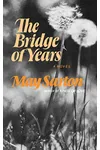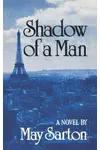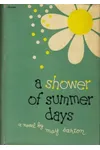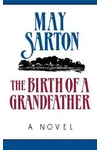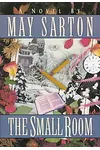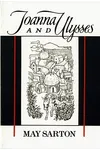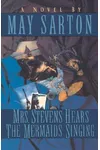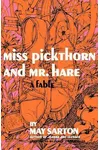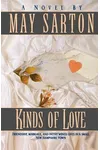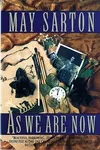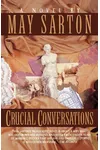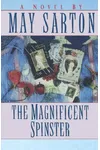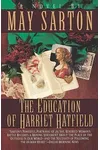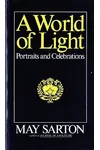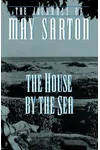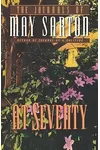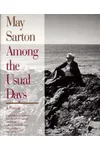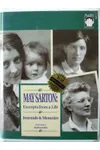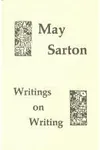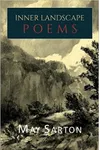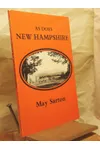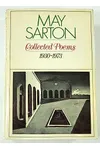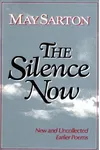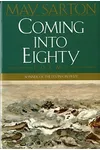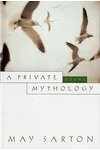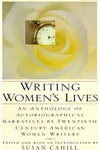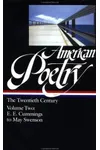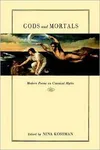Picture a Belgian-born poet weaving tales of love, solitude, and self-discovery—meet May Sarton! This American literary gem, born in 1912, crafted a remarkable career exploring the human heart through poetry, novels, and memoirs. Her lyrical words and fearless take on the lesbian experience captivated readers, making her a quiet yet powerful force in 20th-century literature.
From her early days fleeing war-torn Europe to her later years penning introspective journals, Sarton’s life was as vibrant as her writing. Let’s dive into her story, from her roots to her enduring legacy, and discover why her work still resonates today.
The Making of May Sarton
Born Eleanore Marie Sarton in Wondelgem, Belgium, May’s early life was shaped by upheaval. When World War I erupted in 1914, her family—historian father George Sarton and artist mother Mabel Elwes—fled to England, then settled in Cambridge, Massachusetts, by 1916. Growing up in an intellectual household, Sarton was drawn to the arts, initially dreaming of a theater career. At 17, she joined Eva Le Gallienne’s Civic Repertory Theatre in New York, but the stage soon gave way to her true passion: writing. Her first poems appeared in Poetry magazine in 1929, and by 1937, her debut poetry collection, Encounter in April, announced her arrival as a poet.
May Sarton’s Unforgettable Works
Sarton’s bibliography is a treasure trove of 19 novels, 17 poetry collections, and numerous memoirs, all marked by her calm, introspective style. Her 1965 novel, Mrs. Stevens Hears the Mermaids Singing, was a groundbreaking exploration of a lesbian poet’s identity, earning her acclaim among feminists and the LGBTQ+ community. Journal of a Solitude (1973), a raw and honest memoir, became a cornerstone of women’s studies, capturing her struggles with solitude, creativity, and aging. Other notable works include The Single Hound (1938), her first novel, and Collected Poems, 1930–1993, showcasing her lyrical range.
Her writing blended personal reflection with universal themes—love, isolation, and the search for self. Critics praised her “calm, cultured, and urbane” voice, though some found it conventional. Sarton’s strength lay in her vulnerability, especially in her journals, where she bared her soul on topics like depression, lesbianism, and the creative process. Whether crafting poetry or prose, she invited readers into her world with warmth and authenticity.
Why May Sarton Matters
May Sarton’s impact transcends her page count. By openly addressing lesbian identity in an era of stigma, she paved the way for authentic representation in literature. Her journals inspired generations of women to embrace solitude and self-reflection, influencing feminist scholarship and creative writing. Though often overlooked by mainstream critics, her work found a devoted audience through word-of-mouth and academic circles, cementing her as a feminist and literary icon.
Her legacy endures in the countless readers who find solace in her words. Sarton’s ability to transform personal struggles into universal truths continues to resonate, making her a timeless voice in American literature.
About May Sarton
- Born: May 3, 1912, Wondelgem, Belgium
- Died: July 16, 1995, York, Maine
- Key Works: Mrs. Stevens Hears the Mermaids Singing, Journal of a Solitude, Collected Poems, 1930–1993
- Awards: 1967 National Endowment for the Arts Literature Fellowship
Ready to explore a literary legend? Snag Journal of a Solitude or Mrs. Stevens Hears the Mermaids Singing and dive into May Sarton’s lyrical world!
